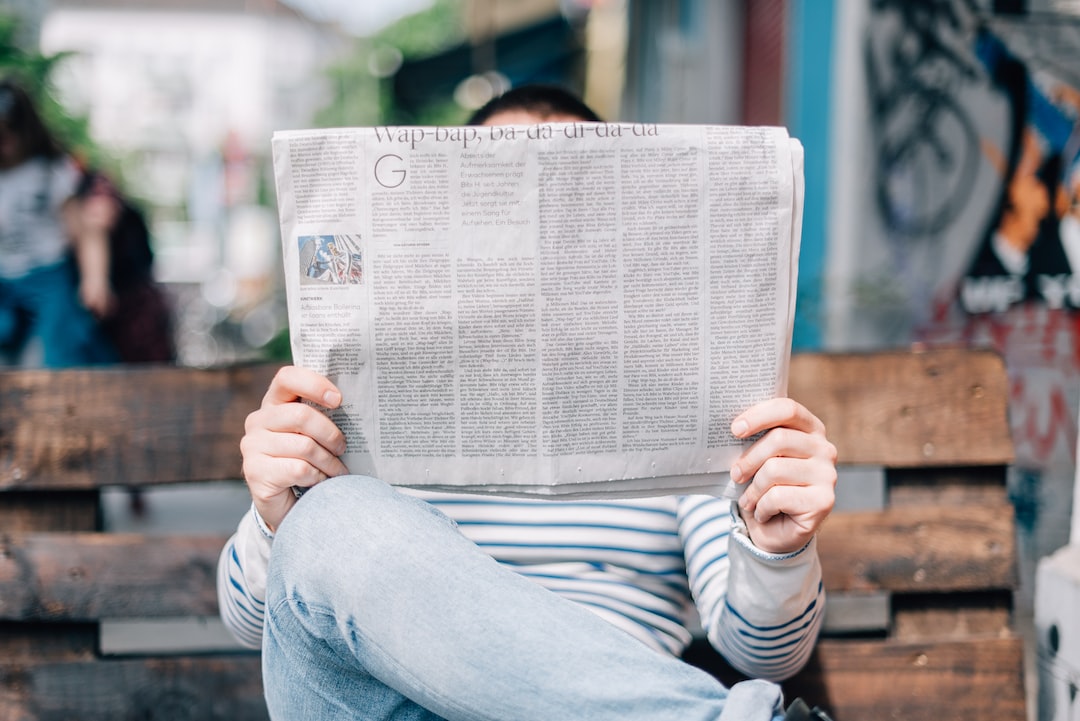Title: Media Bias: Unveiling the Hidden Agendas behind News Reporting
Introduction (100 words)
In today’s fast-paced digital era, media plays a pivotal role in shaping public opinion. However, one cannot deny the presence of media bias, which distorts the objectivity and impartiality of news reporting. Enlightening the masses and fostering an informed citizenry are the fundamental duties of the media, yet the hidden agendas often lurking behind news articles can significantly impact the accuracy and reliability of information presented. This blog post aims to shed light on the media bias, exploring its types, consequences, and potential strategies to mitigate its impact on news reporting.
Types of Media Bias (250 words)
Media bias comes in various forms, subtly influencing the news we consume. First and foremost is political bias, where media outlets tend to support specific political ideologies, resulting in a skewed portrayal of events. This can manifest as favoritism towards certain politicians, resulting in biased reporting that aligns with their views. Similarly, ideological bias extends beyond political affiliations to encompass cultural, religious, or philosophical perspectives. Such bias often focuses on specific narratives, promoting a particular agenda while ignoring alternative perspectives.
Commercial bias is another prevalent form, where media outlets are swayed by corporate interests or sponsorship deals. This kind of bias can influence the selection and framing of news stories, perpetuating the dominance of powerful corporations while silencing lesser-known voices. Sensationalism bias, catering to consumer demands for dramatic news, tends to prioritize entertainment value over factual accuracy. This approach can lead to exaggerated or distorted reporting, stirring emotions but compromising the integrity of news dissemination.
Consequences of Media Bias (300 words)
Media bias poses significant consequences for individuals and societies alike. First and foremost, it erodes trust in journalism and undermines the credibility of media outlets. When individuals perceive their news as biased, they are more likely to doubt the accuracy and objectivity of the information provided. This polarization of trust further amplifies social divisions, hindering informed dialogue and collective decision-making.
Media bias can also contribute to the spread of misinformation and fake news. When media outlets prioritize their hidden agendas over factual reporting, the information presented to the public becomes distorted, leading to a misinformed society. In today’s interconnected world, this misinformation can spread rapidly, fueling conspiracy theories and divisive beliefs.
Furthermore, media bias stifles diverse perspectives, suppressing alternative narratives and marginalizing minority voices. By presenting a limited range of viewpoints, media bias overlooks the complexity of societal issues, hindering progress and fostering an environment of intolerance and exclusion.
Mitigating the Impact of Media Bias (350 words)
While media bias may seem daunting, it is essential to recognize that unbiased news reporting is achievable. Firstly, media literacy plays a crucial role in enabling individuals to critically evaluate the news they consume. By questioning the sources, examining multiple perspectives, and fact-checking information, individuals can identify media biases and separate facts from opinions.
Promoting transparency within media organizations is another effective measure. News outlets should disclose their ownership and affiliations, ensuring transparency in sponsorship and advertising deals. This will enable the public to be informed about potential conflicts of interest and better assess the credibility of news sources.
Diverse media ownership and independent journalism are vital to counter media bias. Encouraging a plurality of media outlets, including those representing marginalized communities and independent news organizations, can foster a more balanced representation of societal issues. Governments also play a crucial role in preventing monopolistic control over the media, ensuring the presence of diverse perspectives.
Collaboration between media outlets and fact-checking organizations can significantly reduce biased reporting. By involving independent fact-checkers, the credibility of news stories can be assessed objectively, holding media organizations accountable for the accuracy of the information they disseminate.
Conclusion (100 words)
Media bias continues to present a considerable challenge to the integrity of news reporting. Understanding the various forms of bias, recognizing their consequences, and taking proactive steps to mitigate their impact can pave the way towards a more accurate and balanced media landscape. As consumers of news, it is our responsibility to demand transparency, accountability, and an unwavering commitment to objective reporting. Only then can we rely on media outlets to fulfill their duty of informing the public and cultivating an enlightened citizenry.
